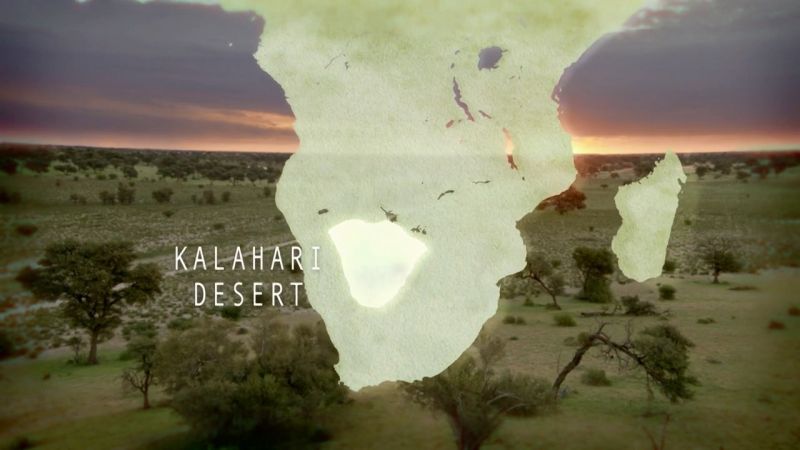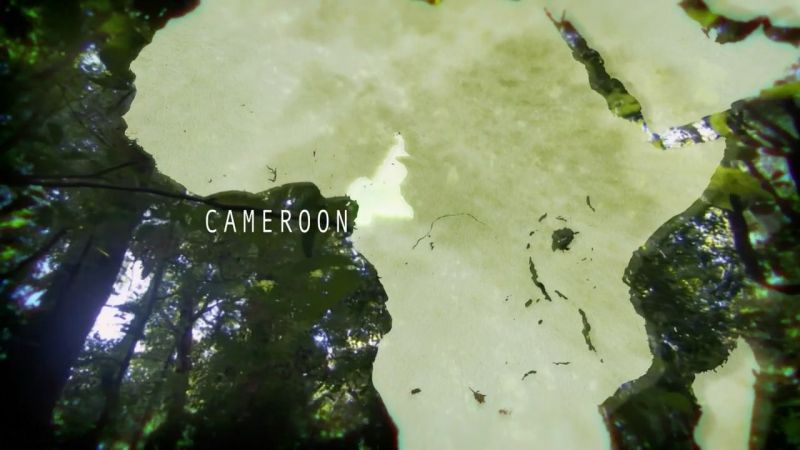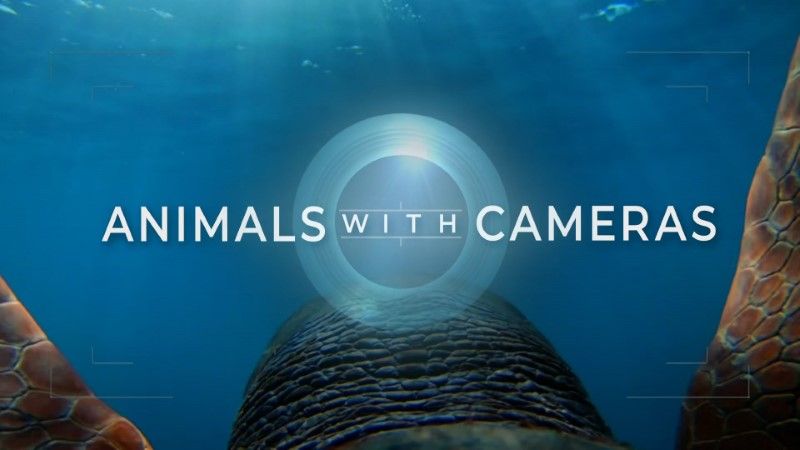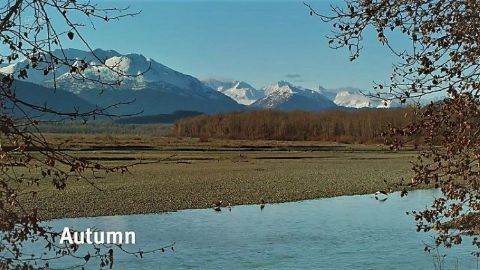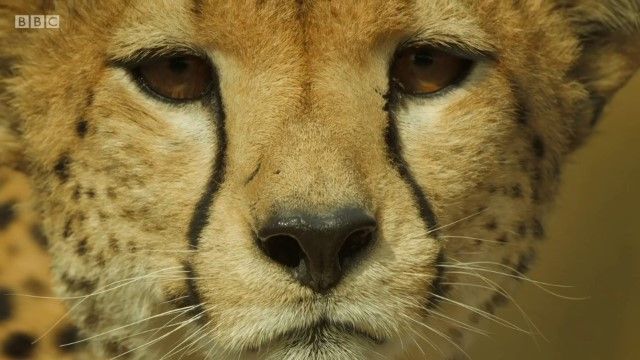Oceans & Australia • 2021 • episode "S2E1E2" • Animals with Cameras
Ch1. Oceans In Cape Verde, Gordon starts the adventure with a look at one of the world's largest populations of nesting loggerhead turtles. He then heads to the Bahamas with Caribbean reef sharks, California to see young elephant seals and the British Isles to attach featherweight cameras to a squadron of gannets. Ch2. Australia In New South Wales, Gordon encounters a marsupial facing a complex set of challenges when he meets a population of kangaroos that are being pushed to the very brink by a coastal development boom. How are they surviving on the edge of this urban expansion? Gordon meets the scientists driven to find out more about what the roos are feeding on as they are pushed onto the coastal fringes. As we become immersed in their world, we get a better understanding of kangaroos' social lives and the impact of human encroachment on their diet. In southern Australia, we head to Adelaide, where one of the team's toughest challenges yet is to create the lightest of cameras to find out what the lure of the big city is to a colony of newly arrived fruit bats. Their appearance is a bit of a puzzle. Are they a threat to the local commercial fruit crops or have they found other ways to adapt to city life? For the first time ever, the fruit bats take our cameras up above the cityscape, showing us a unique view of their nocturnal worlds while providing information crucial to their future. In Queensland, we help scientists find out if koalas really deserve their dozy daytime reputation when we join researchers at a reserve to discover some incredible revelations surrounding their night-time manoeuvres. The team's tech allows us to shadow them after sundown, unveiling their remarkable agility and surprising navigational skills. Specially designed with tree-hugging in mind, koalacams offer an insight which could help koalas as we find out what they need to survive - not just here, but elsewhere in the country.
Make a donation
Buy a brother a hot coffee? Or a cold beer?
Hope you're finding these documentaries fascinating and eye-opening. It's just me, working hard behind the scenes to bring you this enriching content.
Running and maintaining a website like this takes time and resources. That's why I'm reaching out to you. If you appreciate what I do and would like to support my efforts, would you consider "buying me a coffee"?
Donation addresses
BTC: bc1q8ldskxh4x9qnddhcrgcun8rtvddeldm2a07r2v
ETH: 0x5CCAAA1afc5c5D814129d99277dDb5A979672116
With your donation through , you can show your appreciation and help me keep this project going. Every contribution, no matter how small, makes a significant impact. It goes directly towards covering server costs.
